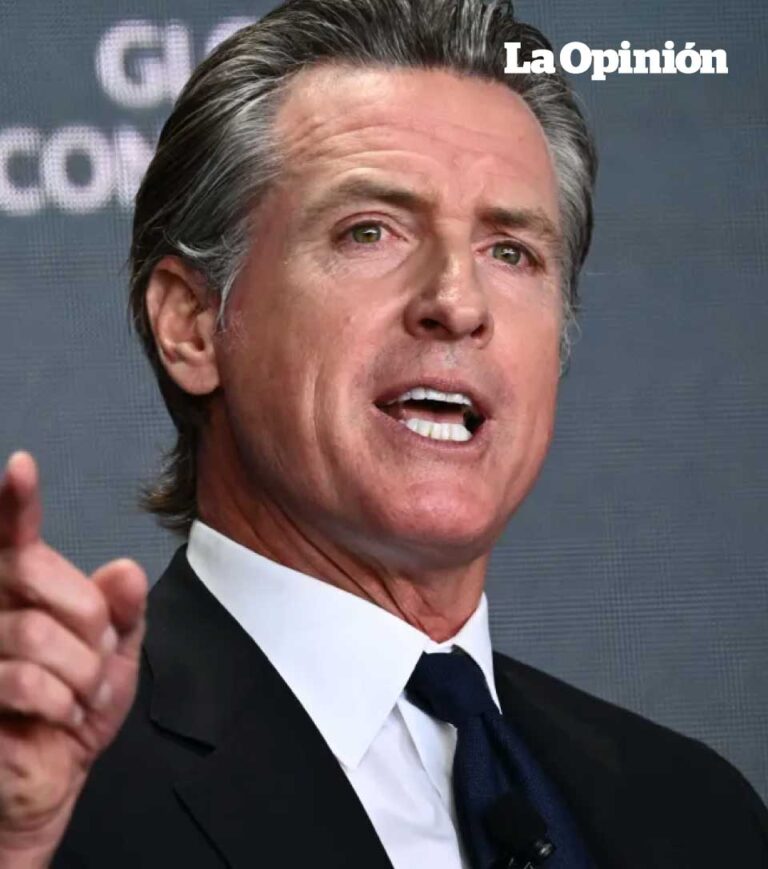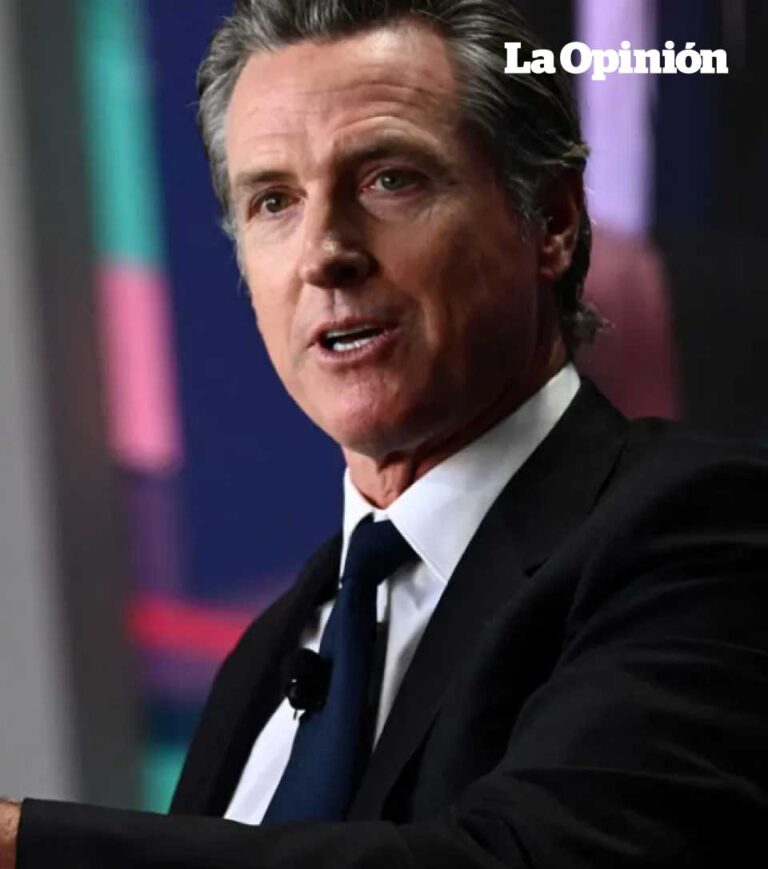
Report notes delays in permitting hamper the start of long-term transformation of the state’s grid.
By Henrik Rehbinder
California’s strategy to ensure that electricity reaches every corner of the state while also helping to reduce carbon dependency is hampered by difficulties with state bureaucracy, according to a report analyzing the transformation of the electric grid.
The report by the Center for Energy Efficiency and Renewable Technologies details the 2022 interagency agreement for an informative and comprehensive plan looking “at longer-term transmission needs. It helped identify transmission projects which would allow for the retirement of a portion of the State’s fossil fuel power plants.”
The analysis was not as positive, however, when it came to the implementation of the 2022-23 Plan due to delays in starting the projects throughout California because the “permitting process has not kept pace with the need for new transmission projects.”
“Delays in upgrading the transmission system,” continued the report, “will create irreversible lost opportunities for clean energy development as the need for decarbonization becomes ever more urgent.”
As part of this, a sector of the energy industry that is privately held, mainly PG&E, has not comply with the necessary improvements in its distribution centers, harming the grid. It is as if a link in the chain of transmission is missing.
THE PROBLEM
The report, “California’s Path to Decarbonization: Planning for Transmission, Permitting and Timely Construction,” explains the organizational disarray in the face of an alleged lack of leadership among state agencies. This is reflected, for example, in the area of permits.
The report argues that the “California Independent System Operator (CAISO) should be recognized as the leading organization in determining transmission needs, which in turn should drive the necessary state permits and avoid duplication of needs determination processes at PUC.”
The three agencies that signed the 2022 Memorandum are the CAISO – which manages the flow of electricity – the California Energy Commission – which is in charge of state energy policy – and the Public Utilities Commission (PUC), which is a regulatory agency that in addition to electricity, monitors water, telecommunications and natural gas colonies.
THE TRANSFORMATION
The strategy arose from the need to build new high-voltage transmission projects and improve existing transmission lines and substations to significantly advance the decarbonization of California’s electric system and economy in both the short- and medium-term.
On the one hand, California’s grid, which was designed and built to bring energy from fossil fuel, nuclear and hydroelectric projects to the load centers where energy is used, is aging.
On the other, clean energy technologies have rapidly declined in cost to the point where new projects are competitive with the operating costs of existing fossil fuel power plants.
The report indicates that the new lines and upgrades are urgently needed. “The CAISO 2022-2023 Transmission Plan recommended multiple policy-driven transmission projects that need to be expeditiously permitted and built,” the report said.
THE PERMITS
Nevertheless, there are difficulties for PUC to grant the necessary permits for the CASIO-proposed projects to begin.
“Reform is urgently needed to streamline and expedite the CPUC permitting of transmission projects in California,” the report states.
Reforms are necessary, it adds, to eliminate unnecessary duplication thereby enabling the focus on issues relevant to the protection of the environment, while also speeding up the future development of transmission.
The delay negatively impacted the 2022-2023 plans for the Central Valley, Imperial Valley Area and Los Angeles Basin areas. The 2023-2024 Plan places greater emphasis on work for these regions.
PROBLEM WITH PG&E
For the strategy to be successful it requires close coordination between the PUC, CEC, CAISO, the owners and promoters of the transmission, and the public. However, a part of the private sector does not seem to be doing its part.
Specifically, the report singles out PG&E as the main offender in having permits approved but failing to update its networks, creating a “massive backlog,” according to the Public Advocate Office. “Policymakers should investigate the causes and potential remedies to PG&E’s challenges in completing necessary transmission and interconnection network upgrades projects,” urged the report.
IN ADDITION…
Other findings and recommendations from the report include:
- CASIO’s zoned approach has multiple advantages to ensure transmission expansion in an environmentally friendly manner, reducing congestion, cost and improving efficiency.
- Further reform of the transmission process is needed to facilitate the development of the necessary clean energy projects.
- CAISO should continue to engage stakeholders, including regional offshore wind developers, in updating its 20-year Transport Outlook.
- CAISO has started implementing an interconnection queue management reform that prioritizes improvements in network reliability and deliverability for projects engaged with freight supply entities.
THIS IS THE TIME
The importance of collaboration among the respective agencies to accelerate the progress of energy transmission projects in the state is highlighted throughout this report. The goal is to reach every corner of California at an affordable cost and replace non-renewable energy with local sources.
For this strategy to succeed, it will require among other things: better coordination within the state bureaucracy, the private energy sector to do its part, and more research into technologies such as high-voltage direct current connections. The conditions are in place. The time is now.
As the report says, “California’s energy policymakers have created the conditions that encourage a high-level of interest in building and operating clean energy resources that will help the State meet its greenhouse gas (GHG) reduction goals.”




